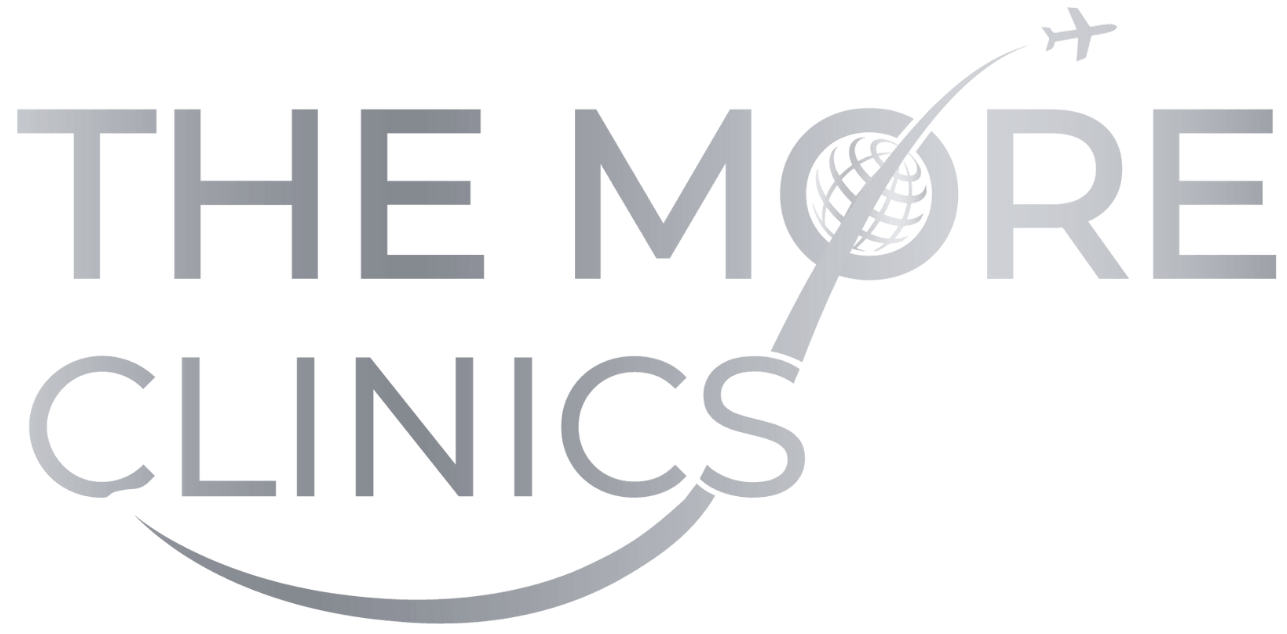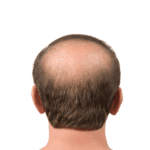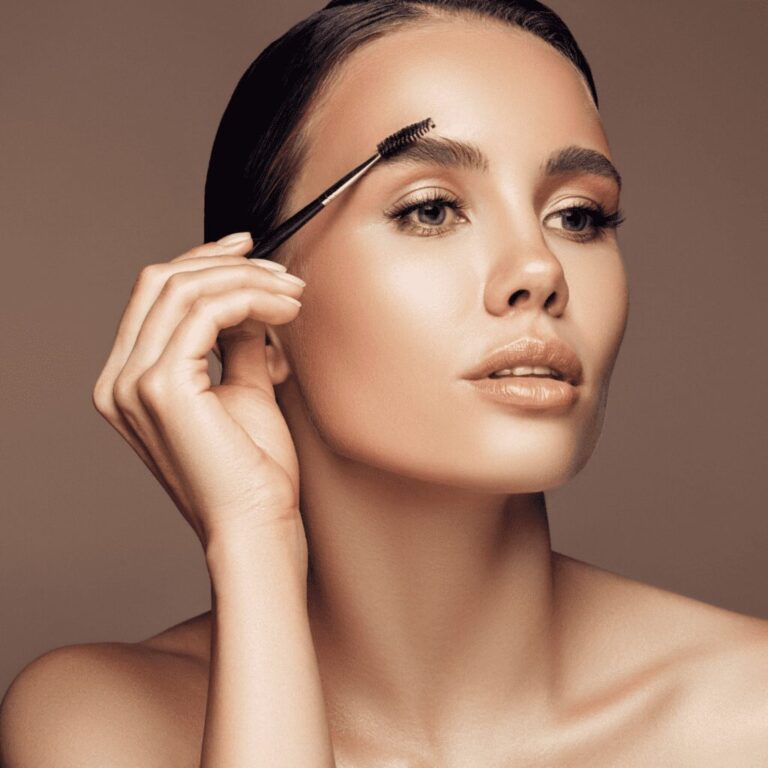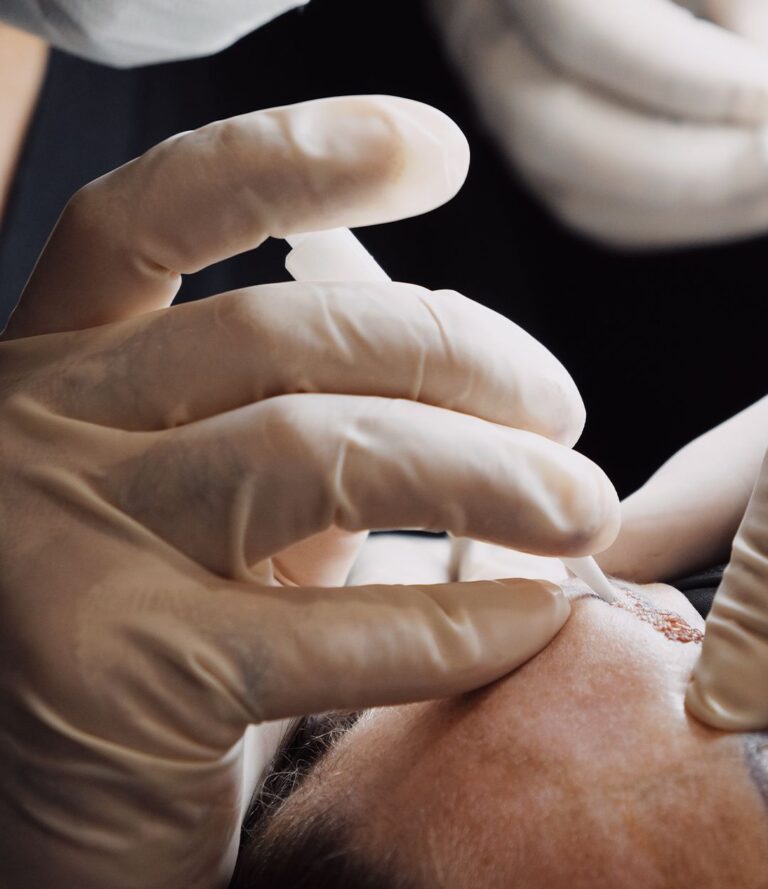Understanding Alopecia Areata: All You Need to Know
Alopecia Areata, a common autoimmune disorder leading to unexpected hair loss, affects millions worldwide. However, understanding the disorder can significantly alleviate the distress associated with it.
What is Alopecia Areata?
Alopecia Areata is a condition where hair falls out in small patches, which can be unnoticeable. These patches may connect, however, and then become noticeable. The condition develops when the immune system attacks the hair follicles, resulting in hair loss.
Alopecia Areata is far from a rare condition. According to the National Alopecia Areata Foundation, it affects as many as 6.8 million people in the United States and approximately 147 million people worldwide. The disease can affect individuals of all ages, but most cases appear before the age of 30.
Let’s delve deeper into the specifics of the disorder, exploring its impact on different age groups, the potential triggers, and the current state of research in the field.
Example Photos Alopecia Areata
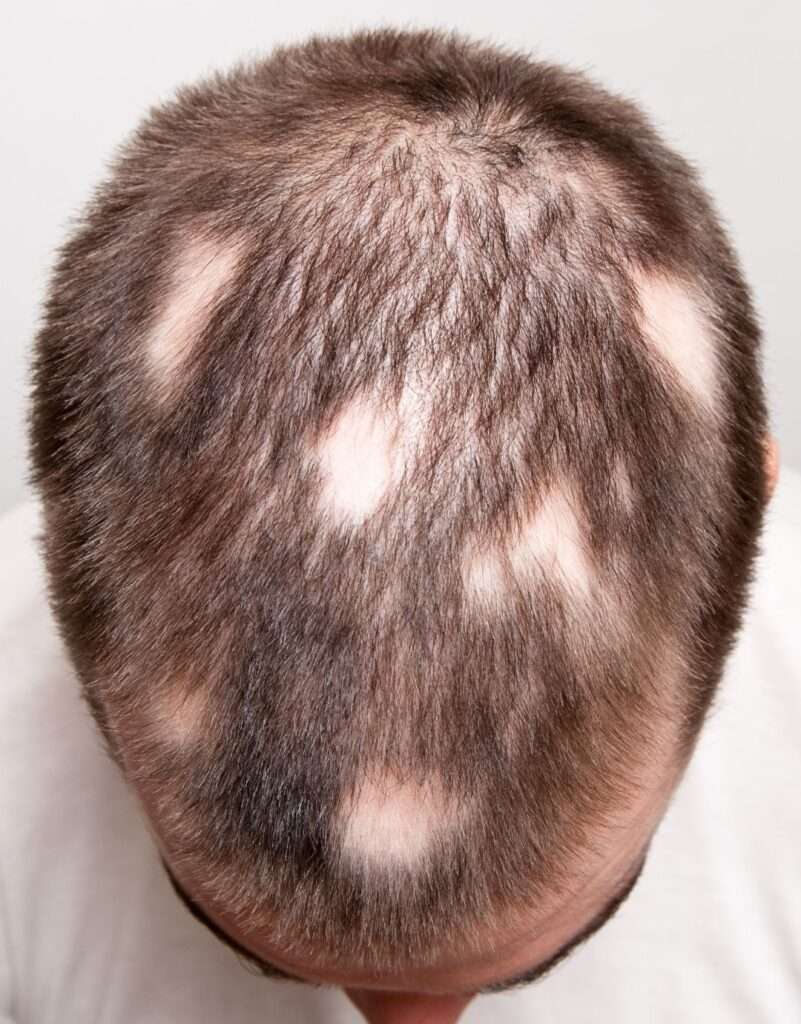

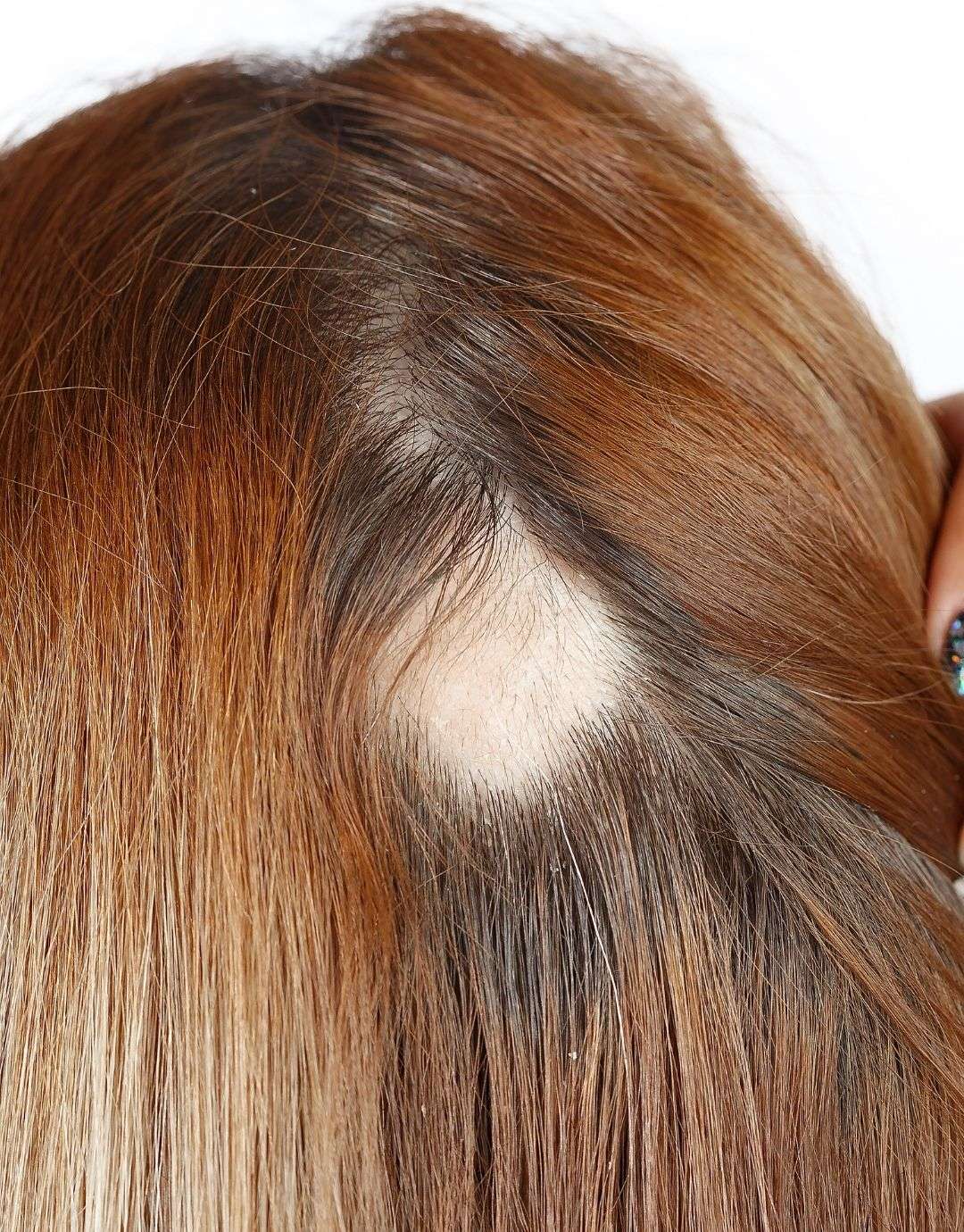
Causes of Alopecia Areata
The exact cause of Alopecia Areata isn’t known, though it’s most commonly linked to genetics and an overactive immune response attacking the body’s own cells – in this case, the hair follicles.
It is also more likely to affect people who have family members with the disorder, suggesting that there may be a genetic component. However, it is important to note that many individuals with Alopecia Areata don’t have a family history of the disorder.
Other potential triggers include:
- Stress
- Trauma such as surgery or a serious illness
- Exposure to certain chemicals and products
- Further research has uncovered a correlation between hypersensitivity, thyroiditis, and vitiligo.
Impact of Race and Ethnicity on Alopecia Areata
Alopecia Areata does not discriminate and affects individuals of all races and ethnicities. However, certain studies suggest that the prevalence may vary across different racial and ethnic groups.
For instance, a study conducted by the National Institute of Health (NIH), showed that African Americans were less likely than Caucasians to develop Alopecia Areata. However, when they did, the condition was often more severe. These differences could possibly be attributed to genetic variances, but the exact reasons remain unclear, warranting further research.
Additionally, certain ethnic groups may have a higher susceptibility to the other autoimmune diseases often associated with Alopecia Areata, such as thyroiditis and vitiligo. For example, Hispanics and Asians were found to have a higher incidence of thyroiditis, which in turn might influence the prevalence of Alopecia within these communities.
However, it is crucial to note that these trends are not definitive, and more research is needed to fully understand the role of race and ethnicity in Alopecia Areata. Also, Alopecia Areata should be considered a global issue, affecting individuals across the globe, irrespective of their racial or ethnic background.
Symptoms of Alopecia Areata
The main symptom of Alopecia Areata is hair loss, usually in small patches or circular areas. The skin in the affected area may become inflamed and look like it has a rash. In some cases, the hair can regrow in the affected area after a period of time, but it may also fall out again.
In addition to bald patches, other symptoms may include:
- Nail changes – ridges or pits on the nails may be visible
- Breakage or thinning of eyebrow and eyelashes
- Burning or itching of skin surrounding affected areas
- Excessive shedding of hair over the entire body
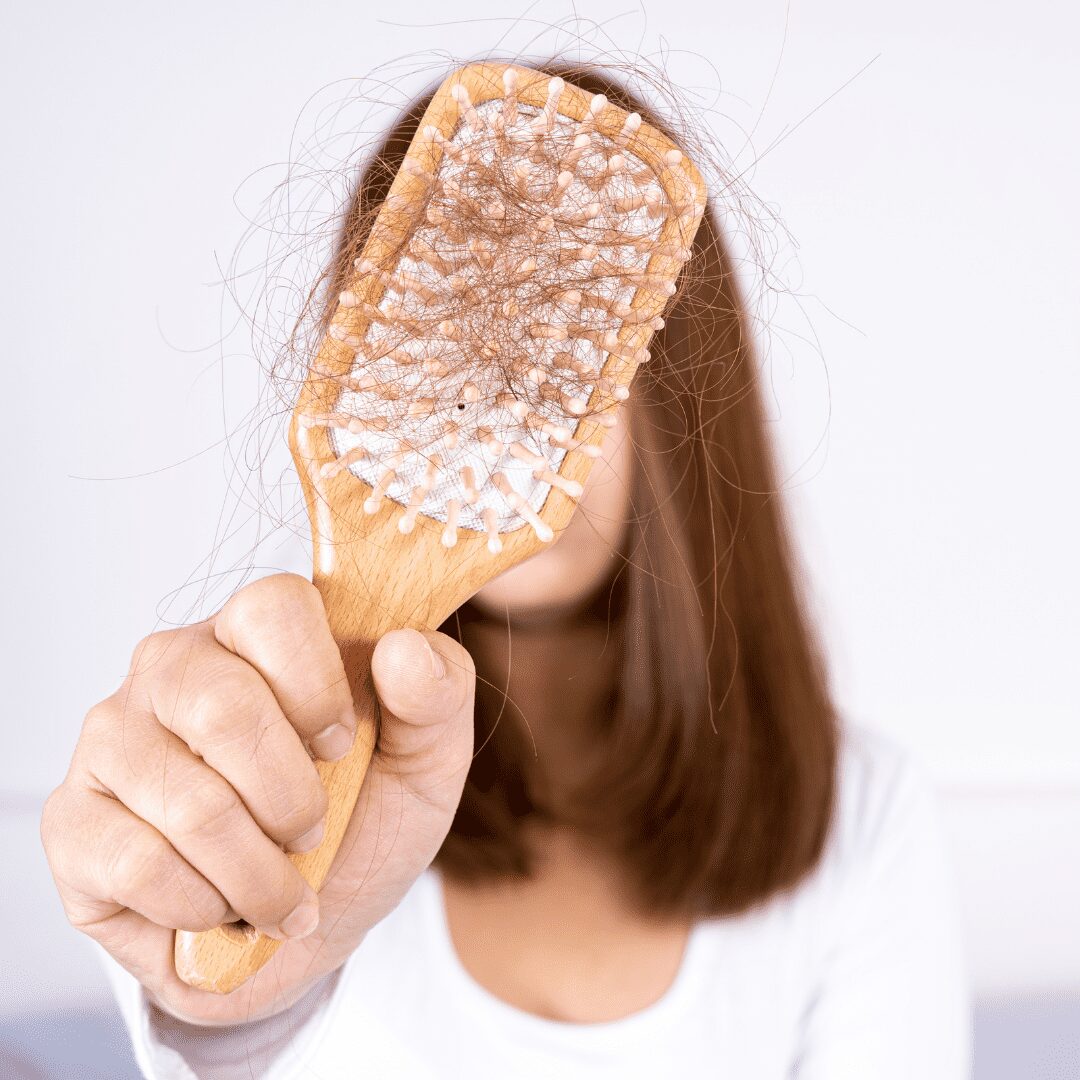
Progression and Nail Changes in Alopecia Areata
Around 30% of individuals with Alopecia Areata experience the condition progressing into cycles of hair loss and regrowth. About half recover within the first year, but many will have multiple episodes. Unfortunately, around 10% develop more severe forms: Alopecia Totalis (loss of all head hair) or Alopecia Universalis (loss of all body hair).
In addition to hair loss, Alopecia Areata can also cause changes to the fingernails and toenails, sometimes even before hair loss occurs. This could potentially serve as an early symptom of the condition. Some of the noticeable nail changes include:
- White spots or streaks
- Roughness
- Lines going across the nails (Beau’s lines)
- Loss of shine
- Thinning or splitting of the nails
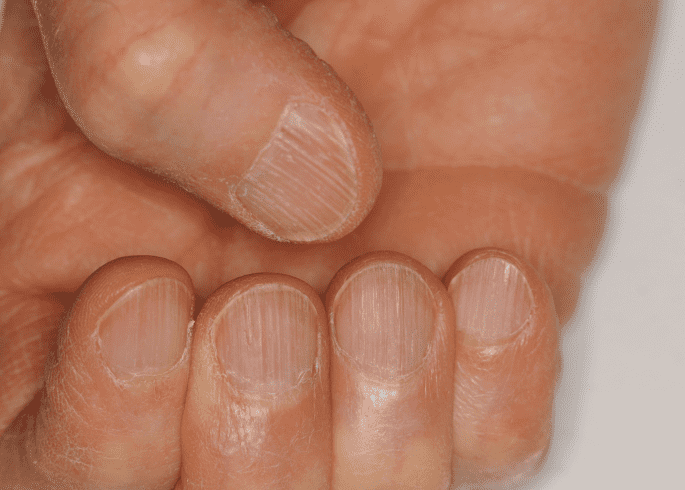
These nail changes provide further evidence of Alopecia Areata’s impact beyond hair loss, underscoring the importance of comprehensive medical evaluation for accurate diagnosis and effective treatment.
Diagnosis of Alopecia Areata
Diagnosing Alopecia Areata typically involves a thorough medical history and physical examination of the patient. The most telling sign is the presentation of hair loss in round patches on the scalp or other parts of the body. Doctors might also look for abnormalities or changes in the nails, as these can be ancillary symptoms of the condition.
In some cases, a scalp biopsy may be performed to confirm the diagnosis. This involves removing a small piece of scalp skin and examining it under a microscope. Here, the absence of hair follicles and presence of immune cells can serve as telltale indicators of Alopecia Areata.
In addition, blood tests may be recommended to rule out other autoimmune diseases that often coexist with Alopecia Areata, such as thyroid disease.
It’s important to understand that while Alopecia Areata can often be diagnosed based on clinical symptoms and examination, other tests can provide additional information, ensuring accurate diagnosis, and effective treatment planning.
Treatment Options for Alopecia Areata
There is no single treatment that works for everyone. The type of treatment and its efficacy depend on factors such as the severity and extent of hair loss, age, medical history, and other conditions.
Common treatments include:
- Topical medications: These are applied directly to the scalp or affected areas to stimulate hair growth. Examples include corticosteroid creams, topical minoxidil, and Anthralin cream.
- Oral medications: These are taken by mouth to suppress the immune system’s response and reduce inflammation in the body. Common oral medications used for Alopecia Areata include prednisone, cyclosporine, dapsone, and methotrexate.
- Phototherapy: This therapy uses ultraviolet light to reduce inflammation and stimulate hair growth. It is commonly used in conjunction with topical medications.
- Immunomodulators: These are newer treatments that work by blocking certain proteins involved in the inflammatory response of Alopecia Areata. Examples include ruxolitinib and tofacitinib.
- Wigs or hair systems: These provide a non-medical solution for individuals who want to conceal their bald spots. They can also help boost self-confidence and emotional wellbeing.
- Home remedies : There are a variety of home remedies that may help stimulate hair growth in Alopecia Areata, such as garlic juice, green tea, aloe vera gel, onion juice, and coconut oil.
In some cases, no treatment may be necessary and the hair will grow back on its own. Therefore, it is important to consult with a dermatologist or other healthcare professional experienced in treating Alopecia Areata to create an individualized treatment plan tailored to your specific needs.
Last Words from The More Clinics
Alopecia Areata, an autoimmune condition, affects people of all races and ages, with certain ethnic groups being more susceptible. Diagnosis typically involves skin and nail examination, scalp biopsy, or blood tests.
Treatment options for Alopecia Areata include topical and oral medications, phototherapy, immunomodulators, and wigs or hair systems. Consultation with a doctor is recommended to determine the appropriate treatment (in some cases hair restoration) based on the individual’s medical history and other conditions.
At The More Clinics, we understand the emotional impact of Alopecia Areata and are here to provide support. Our expert team will assist you through diagnosis, treatment, and provide the necessary resources to manage this condition effectively.
GET A FREE CONSULTATION!
Let’s Start Planning Your Treatment %100 Guarantee Results.
Medically Reviewed by Dr. Seda Erdoğan who specialized on Hair Transplants, Dermatology
